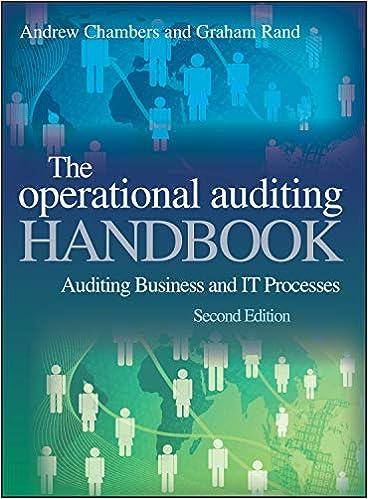2. Phone calls arrive at my phone as a Poisson process with rate = 8 per hour. The time I spend talking to each caller on the phone is a random variable, independent of the time spent talking to other callers and of the call arrival times. Calls which come in while I am already talking on the phone are placed on hold, in a first-come-first-served queue. There is no limit to the number of callers who may be on hold at any one time. I'm interested in several possible distributions for the time spent talking to a caller. (1) Every call takes exactly 5 minutes. (ii) Talk times are distributed uniformly between 1 and 9 minutes. (iii) 10% of calls are wrong numbers (talk time: 15 seconds); 30% of calls require 1 minute to deal with: 40% require 4 minutes; 20% require 15 minutes. For each of these possible talk-time distributions, (a) describe the queue in A/S/m notation; (b) find L, the expected mumber of callers present in steady state (including those on hold as well as the one talking); 1 (c) find W, the expected time that a caller takes to complete their call (including time spent on hold); (d) use the code provided in the file asst4.R to do a simulation of the call-waiting queue, and plot a histogram showing the total times taken by 10000 callers who call while the system is in steady state; (e) find simulation-based 95% confidence intervals for L and W. 2. Phone calls arrive at my phone as a Poisson process with rate = 8 per hour. The time I spend talking to each caller on the phone is a random variable, independent of the time spent talking to other callers and of the call arrival times. Calls which come in while I am already talking on the phone are placed on hold, in a first-come-first-served queue. There is no limit to the number of callers who may be on hold at any one time. I'm interested in several possible distributions for the time spent talking to a caller. (1) Every call takes exactly 5 minutes. (ii) Talk times are distributed uniformly between 1 and 9 minutes. (iii) 10% of calls are wrong numbers (talk time: 15 seconds); 30% of calls require 1 minute to deal with: 40% require 4 minutes; 20% require 15 minutes. For each of these possible talk-time distributions, (a) describe the queue in A/S/m notation; (b) find L, the expected mumber of callers present in steady state (including those on hold as well as the one talking); 1 (c) find W, the expected time that a caller takes to complete their call (including time spent on hold); (d) use the code provided in the file asst4.R to do a simulation of the call-waiting queue, and plot a histogram showing the total times taken by 10000 callers who call while the system is in steady state; (e) find simulation-based 95% confidence intervals for L and W







